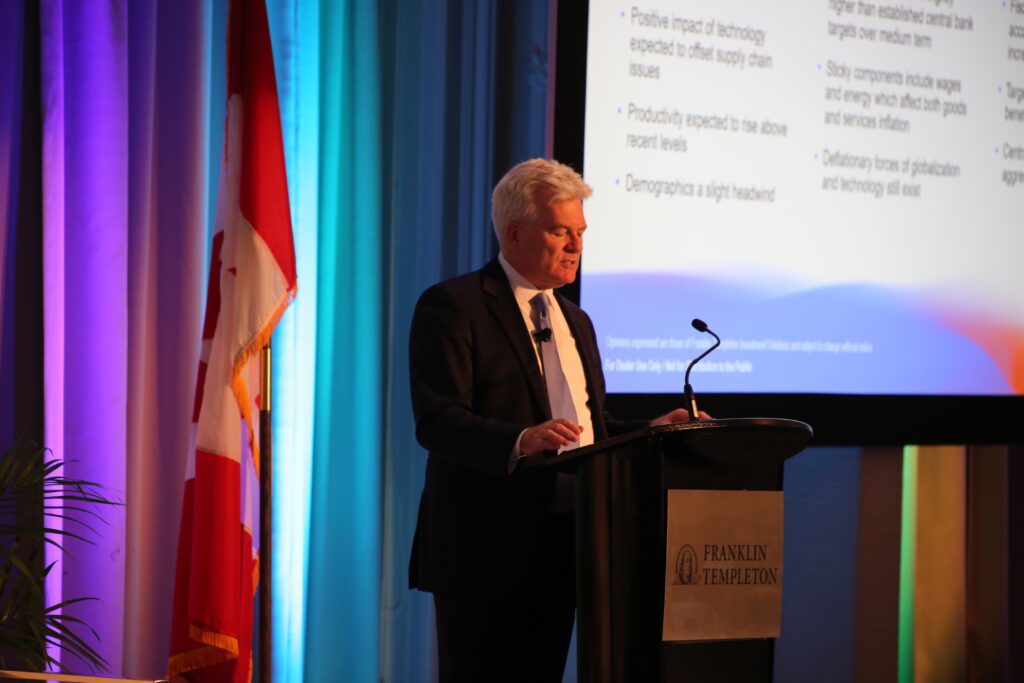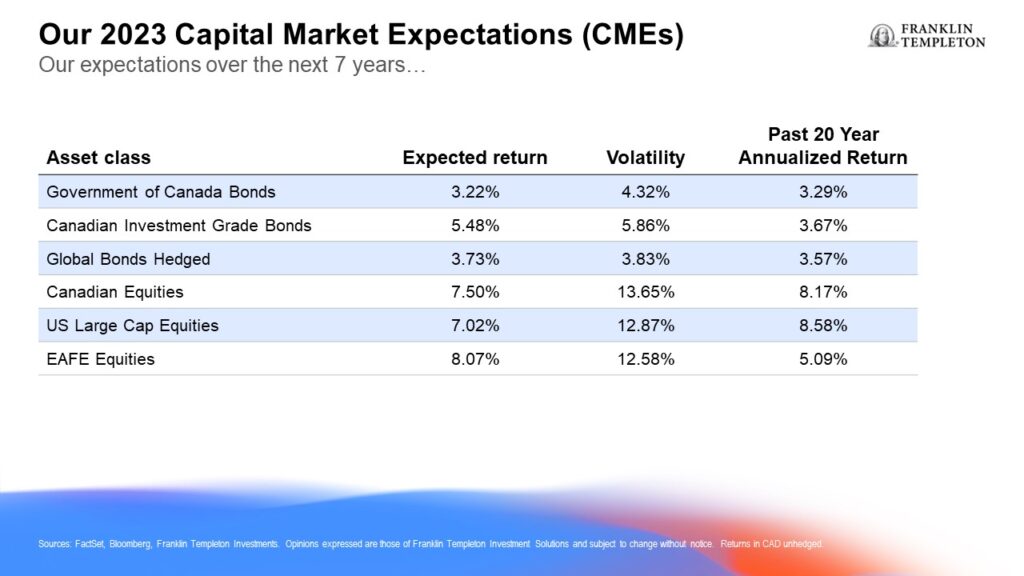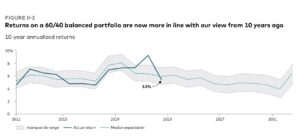A belated Happy New Year to readers. Today I wanted to start with a reminder that your first Financial New Year’s Resolution should always be to top up your TFSA contribution to your TFSA (Tax-free savings account), which because of inflation has been bumped to $6,500 for 2023. I’ll also link to two useful columns by a financial blogger and prominent media tax expert.
A must read is Jamie Golombek’s article in Saturday’s Financial Post (Dec. 31/2022), titled 11 tax changes and new rules that will affect your finances in 2023. Golombek is of course the managing director, Tax & Estate planning for CIBC Private Wealth.
He doesn’t lead with the TFSA but does note that the cumulative TFSA limit is now $88,000 for someone who has never contributed to a TFSA. On Twitter there is a community of Canadian financial bloggers who often reveal their personal TFSA portfolios, which tend to be mostly high-yielding Canadian dividend-paying stocks. In some cases, their TFSA portfolios are spinning out as much as $1,000 a month in tax-free income.
On a personal note, my own TFSA was doing nicely until 2022, when it got dragged down a bit by US tech stocks and a token amount of cryptocurrency. Seeing as I turn 70 this year, I’ll be a lot more cautious going forward. I’ll let the existing stock positions run and hopefully recover but my new contribution yesterday was entirely in a 5-year GIC, even though I could find none paying more than 4.31% at RBC Direct, where our TFSAs are housed. (I’d been under the illusion they would by now be paying 5%. I believe it’s still possible to get 5% at independents like Oaken and EQ Bank.)
At my stage of life, TFSA space is too valuable to squander on speculative stocks, IPOs, SPACs or crypto currencies. Yes, if you knew for sure such flyers would yield a quick double or triple, it would be a nice play to “sell half on the double,” but it’s better to place such speculations in non-registered accounts, where you can at least offset capital gains with tax-loss selling. So for me and I’d suggest others in the Retirement Risk Zone, it’s interest income and Canadian dividend income in a TFSA and nothing else.
Inflation and Tax Brackets
Back to Golombek and inflation. Golombek notes that in November 2022, the Canada Revenue Agency said the the inflation rate for indexing 2023 tax brackets and amounts would be 6.3%:
“The new federal brackets are: zero to $53,359 (15 per cent); more than $53,359 to $106,717 (20.5 per cent); more than $106,717 to $165,430 (26 per cent); more than $165,430 to $235,675 (29 per cent); and anything above that is taxed at 33 per cent.”
Basic Personal Amount
The Basic Personal Amount (BPA) — which is the ‘tax-free’ zone that can be earned free of any federal tax — rises to $15,000 in 2023, as legislated in late 2019. Note Golombek’s caveat that higher-income earners may not get the full, increased BPA but will still get the “old” BPA, indexed to inflation, of $13,521 for 2023.
RRSP limit: The RRSP dollar limit for 2023 is $30,790, up from $29,210 in 2022.
OAS: Golombek notes that the Old Age Security threshold for 2023 is $86,912, beyond which it begins to get clawed back.
First Home Savings Accounts (FHSA). Golombek says legislation to create the new tax-free FHSA was recently passed, and it could be launched as soon as April 1, 2023. This new registered plan lets first-time homebuyers save $40,000 towards th purchase of a first home in Canada: contributions are tax deductible, like an RRSP. And it can be used in conjunction with the older Home Buyers’ Plan.
3 investing headlines to ignore this year
 Meanwhile in the blogosphere, I enjoyed Robb Engen’s piece at Boomer & Echo, which ran on January 1st: 3 Investing Headlines To Ignore This Year. Continue Reading…
Meanwhile in the blogosphere, I enjoyed Robb Engen’s piece at Boomer & Echo, which ran on January 1st: 3 Investing Headlines To Ignore This Year. Continue Reading…







